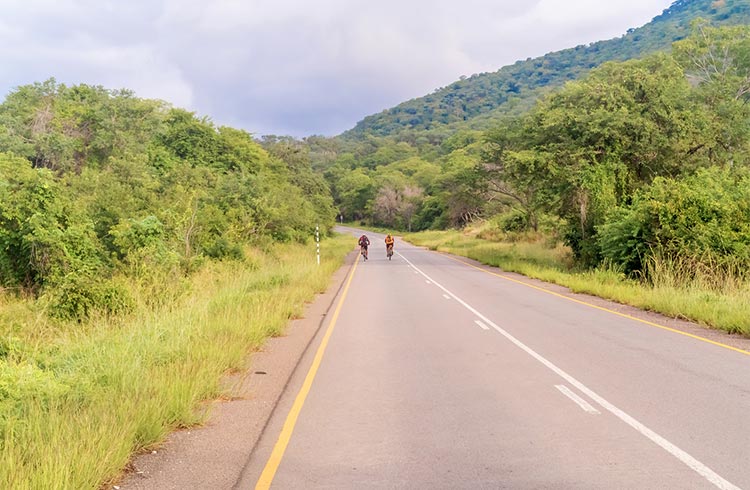Transport in Zambia: How to Travel Around Safely
Coronavirus (COVID-19) and travel: The situation around the world is changing dramatically. Various governments have changed their travel warnings to restrict travel during this time. To understand how this may impact cover under your policy, please go to our FAQs and select your country of residence.
For the latest travel warnings and alerts around the world, read about lockdowns and border restrictions.
The most dangerous parts of Zambia are its border regions. Reconsider your need to travel to these areas due to the risk of landmines.
 Photo © Getty Images/MarcPo
Photo © Getty Images/MarcPo
By far the most dangerous part of Zambia are the borders with Angola, Mozambique and the Democratic Republic of Congo. You should seriously reconsider your need to travel to these areas as the risk of landmines is very high.
Not surprisingly, landmines can make off-road travel highly hazardous in these areas, and most of the time the mined areas are not marked. Local authorities can provide some advice on affected areas.
The border area with the Democratic Republic of Congo is particularly dangerous with the armed criminal gangs adding to the threat of landmines!
The roads in Zambia
Vehicles drive on the left side of the road in Zambia — at least most of the time.
Driving in Zambia can be dangerous as many roads are in disrepair, in fact most of the roads throughout Zambia are in very poor condition.
Add to that bad driving habits, poorly maintained vehicles, pedestrians, animals wandering onto roads and inadequate road lighting and you've got potential threats coming at you from all angles.
Potholes often take up the entire road and during the rainy season, large sections of the roads simply wash away.
Dirt driving
As you move away from city centers, paved roads make way for dirt roads which bring their own set of dangers. Although they might look solid, the dirt is often loose, and the chances of an accident are huge if you do not keep to a reasonable speed.
4WD vehicles are necessary on dirt roads in the rainy season (indeed most of the time), although some roads will become completely impassable then.
Breakdown laws
If you decide to hire a car you should ensure it is equipped with two metallic emergency triangles with white reflective stickers on the front and red reflective stickers on the back. Drivers face heavy fines for non-compliance.
In Zambia there are no Roadside Assistance Packages and very few ambulances, tow-trucks, or emergency vehicles of any kind. Given the circumstances, bush mechanics can do an amazingly good job of patching up your vehicle – but their expertise is mechanical not medicinal – so try to stay safe!
Public transport
Minibuses (basically vans outfitted with seats) are a popular way of getting around, but they are irregular, dangerous and very uncomfortable. To maximize his profits, a "conductor" will squeeze as many customers and their luggage into the bus as possible. Larger "luxury coaches" exist, and tend to be more reliable and safer. These coaches are much more comfortable and are virtually guaranteed to arrive – a better bet than a Minibus!
Get a travel insurance quote for Zambia
You can buy at home or while traveling, and claim online from anywhere in the world. With 150+ adventure activities covered and 24/7 emergency assistance.
Simple and flexible travel insurance
You can buy at home or while traveling, and claim online from anywhere in the world. With 150+ adventure activities covered and 24/7 emergency assistance.
Get a quote
1 Comment
Traveling from Ndola Zambia to Lusaka and back to Ndola between 24/08/23 and 27/08/23